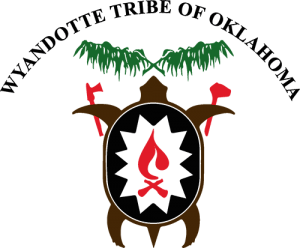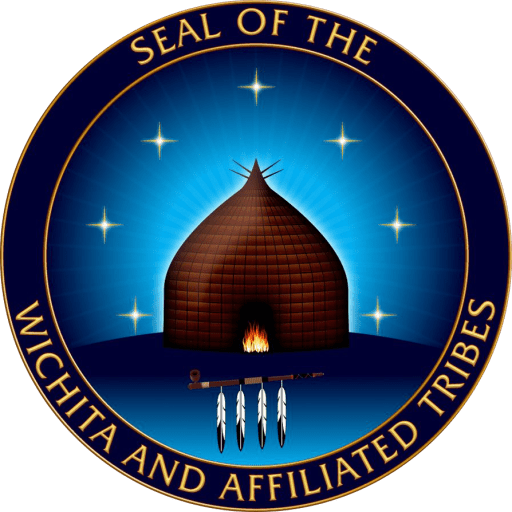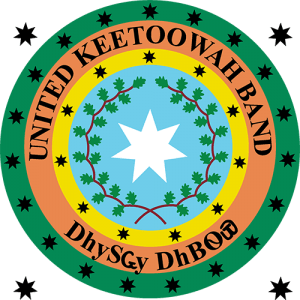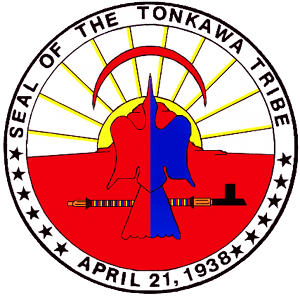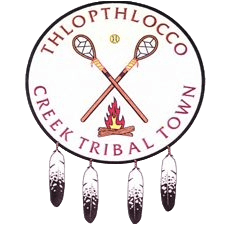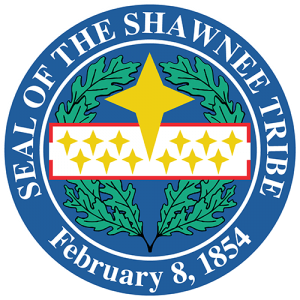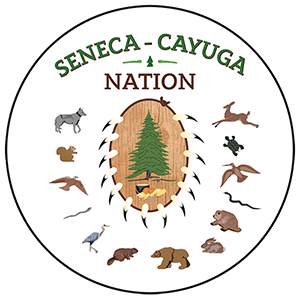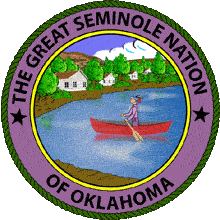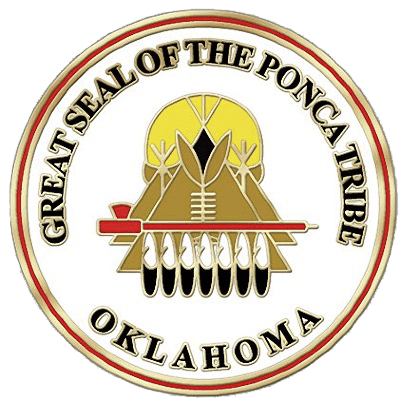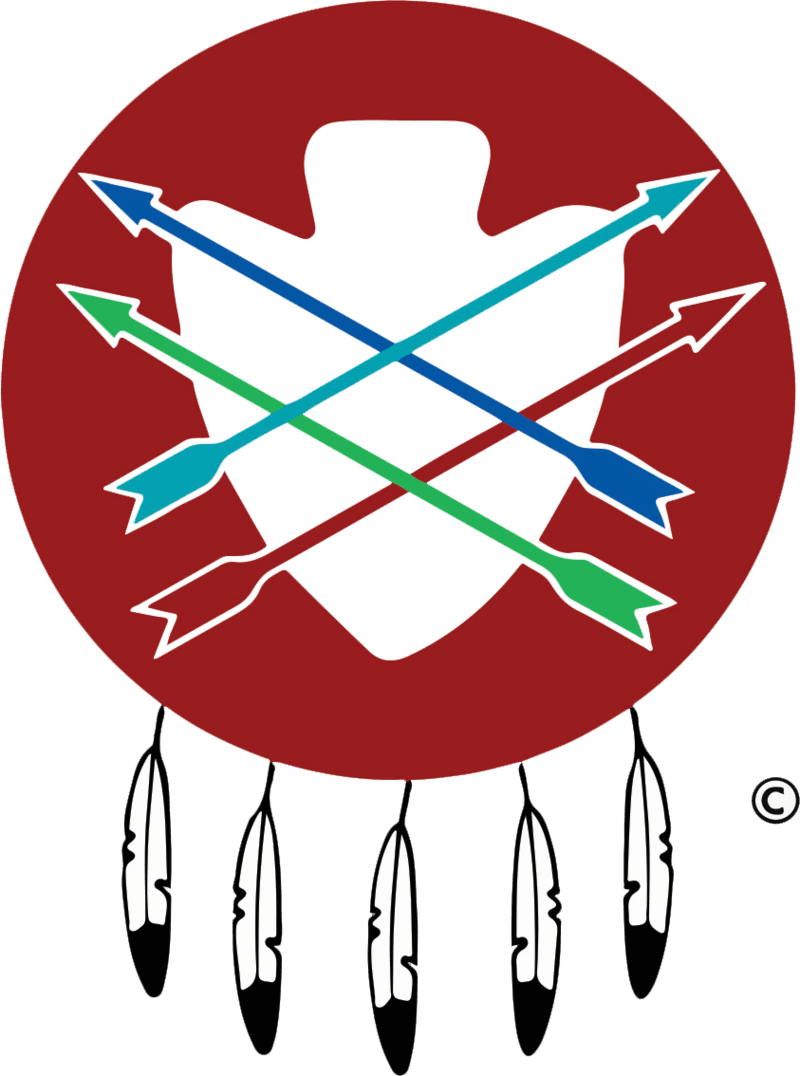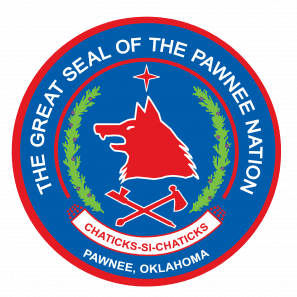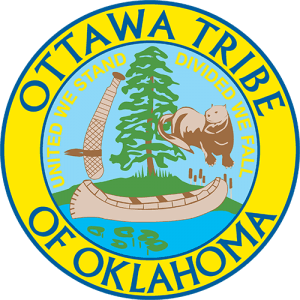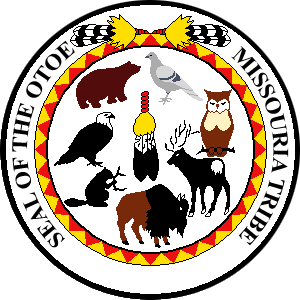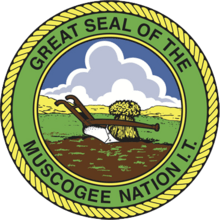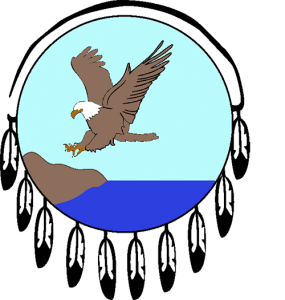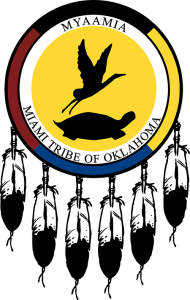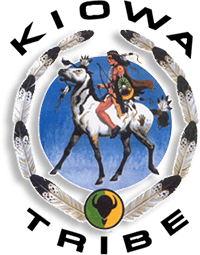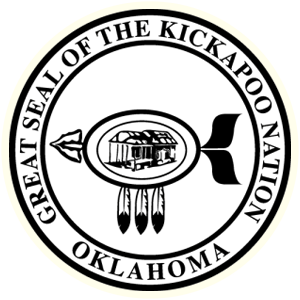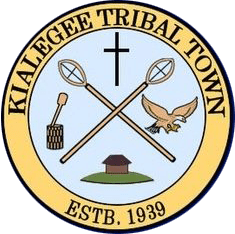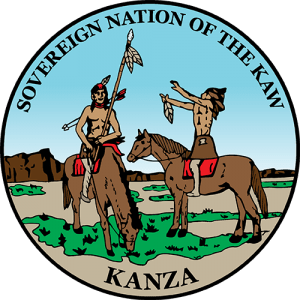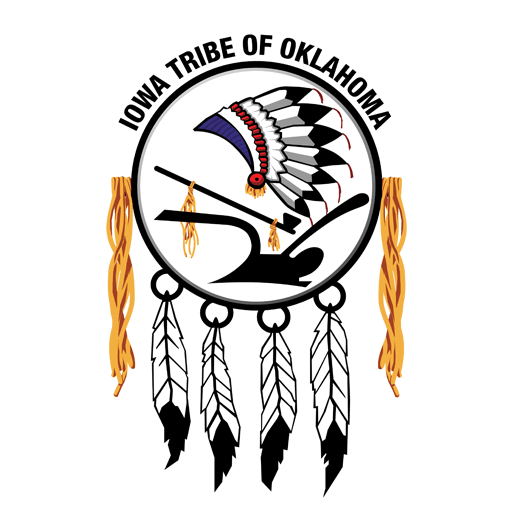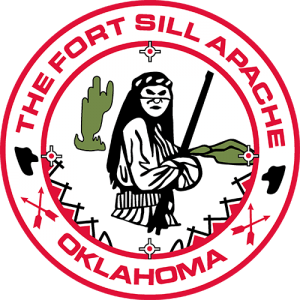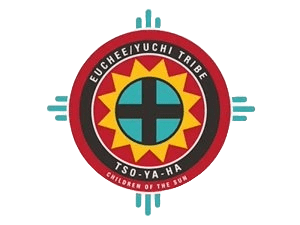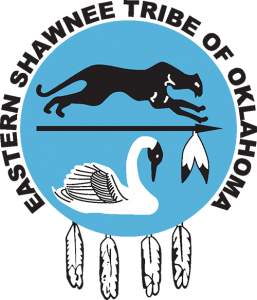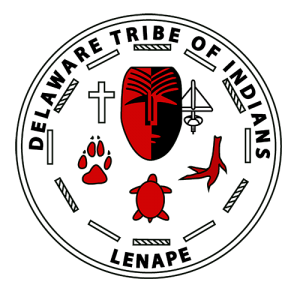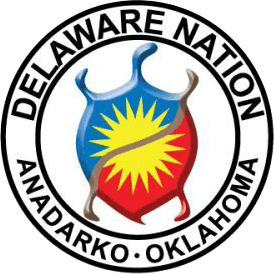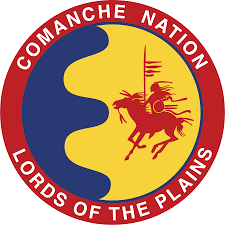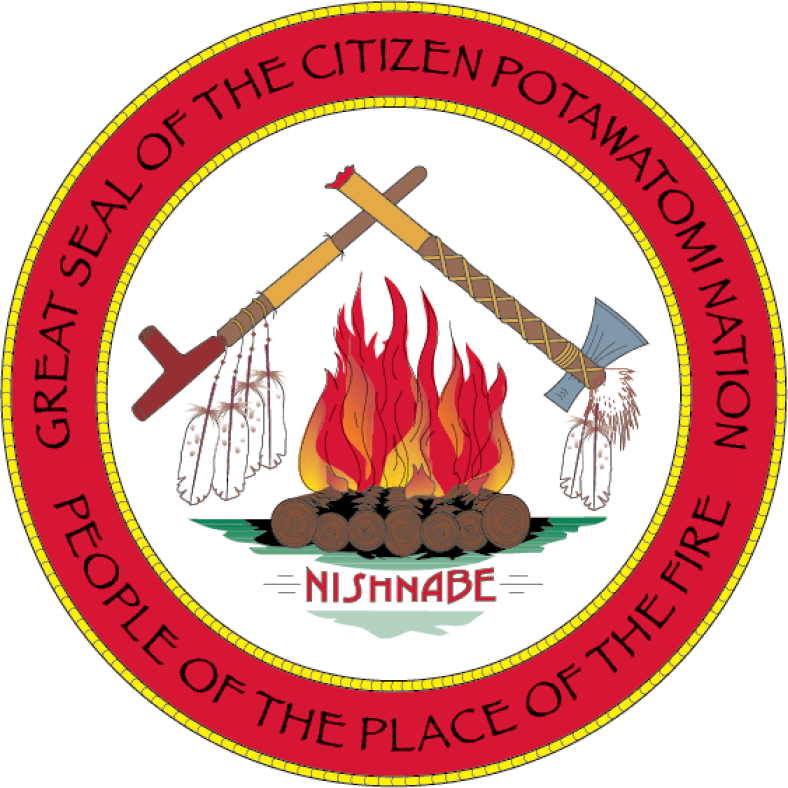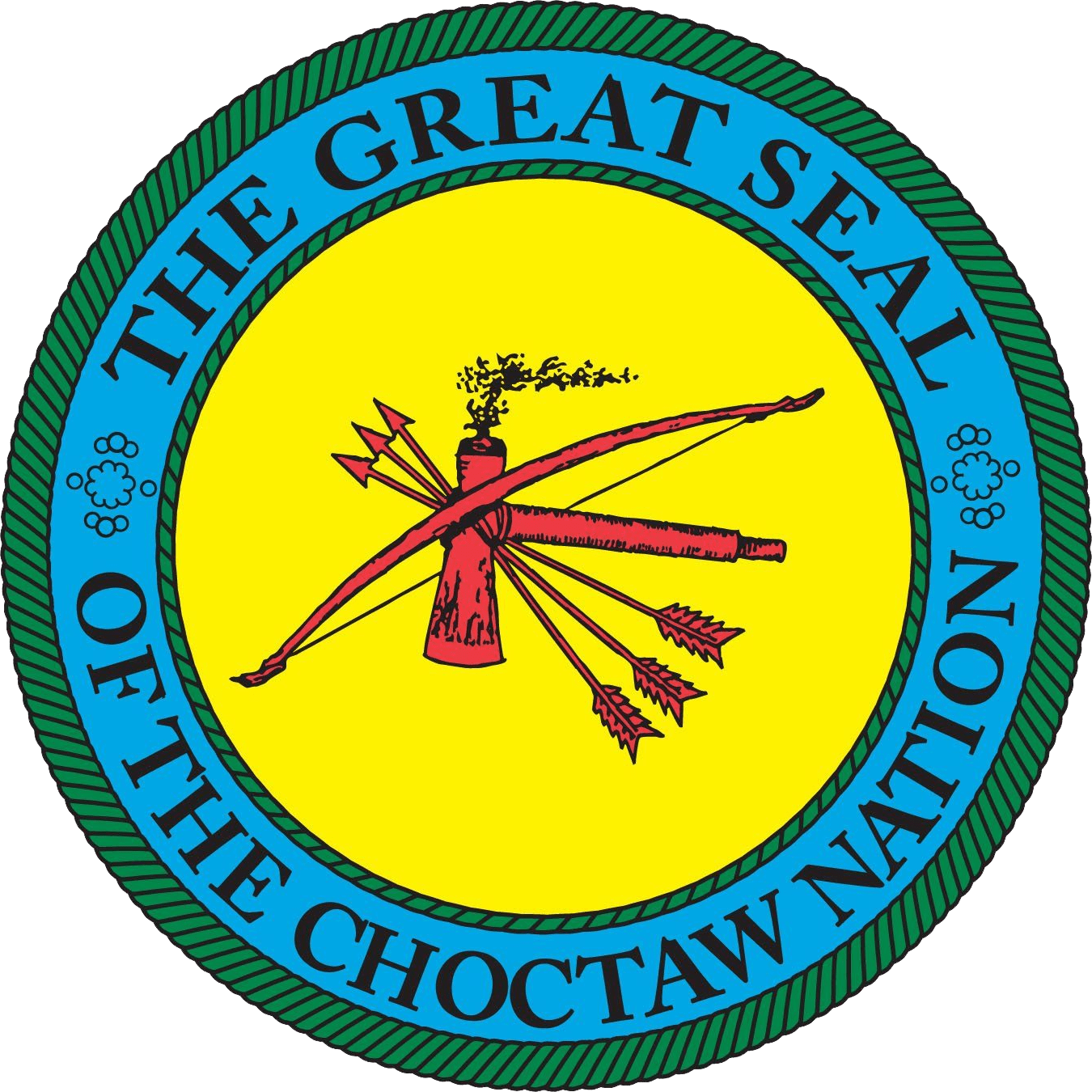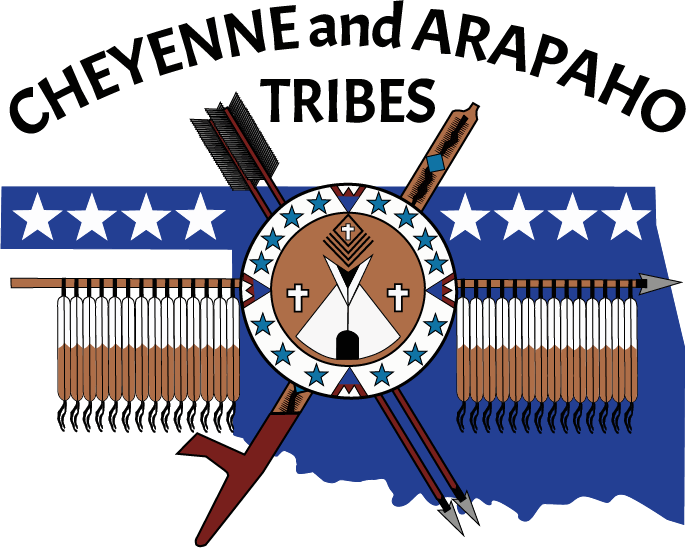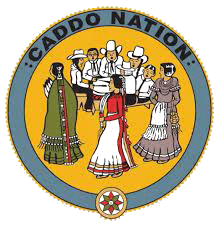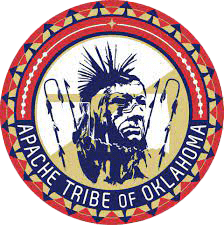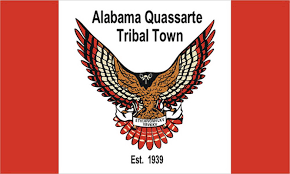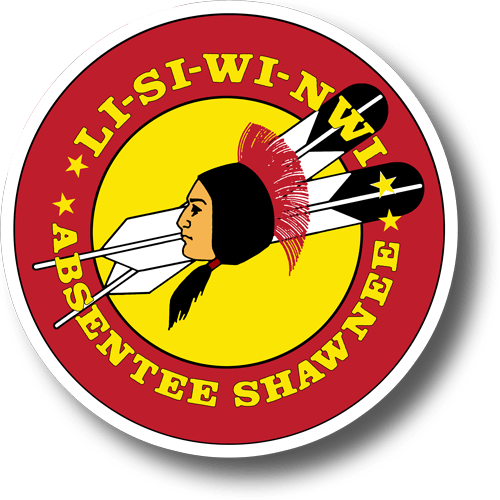Tribal Services
and Funding Overview
Why are we doing this?
Because Tribal Services Change Lives, And Everyone Deserves Access.
Oklahoma Native News (OKNN) applauds the efforts of Tribal leadership, Tribal members, and Tribal employees for making Oklahoma Tribal Nations modern lifesavers and changemakers of Indian Country. The information found on OKNN’s Tribal Profiles and social media highlights the $4.3 billion dollars in federal grants, contracts, and compacts brought to Oklahoma by Tribal Nations, according to their latest annual single audits of federal funding. OKNN Tribal profile data comes from existing public information and can be independently verified.
Tribes rely on Federal funding to grow their capacity to govern their citizens and administer services to meet their community needs, just like states and the Federal government. Funding and service areas are tied to each Tribe’s former reservation boundary. Some Tribes have overlapping service areas, and some Tribes have expanded service areas.
OKNN asks Subscribers for Zip Codes to better connect them to the tribal services where they live.
Any enrolled tribal citizen in Oklahoma, or any member of the 574 federally recognized Tribal Nations in America that live in Oklahoma, or any tribal member stationed at an Oklahoma military base, should be able to get help in Oklahoma Indian Country.
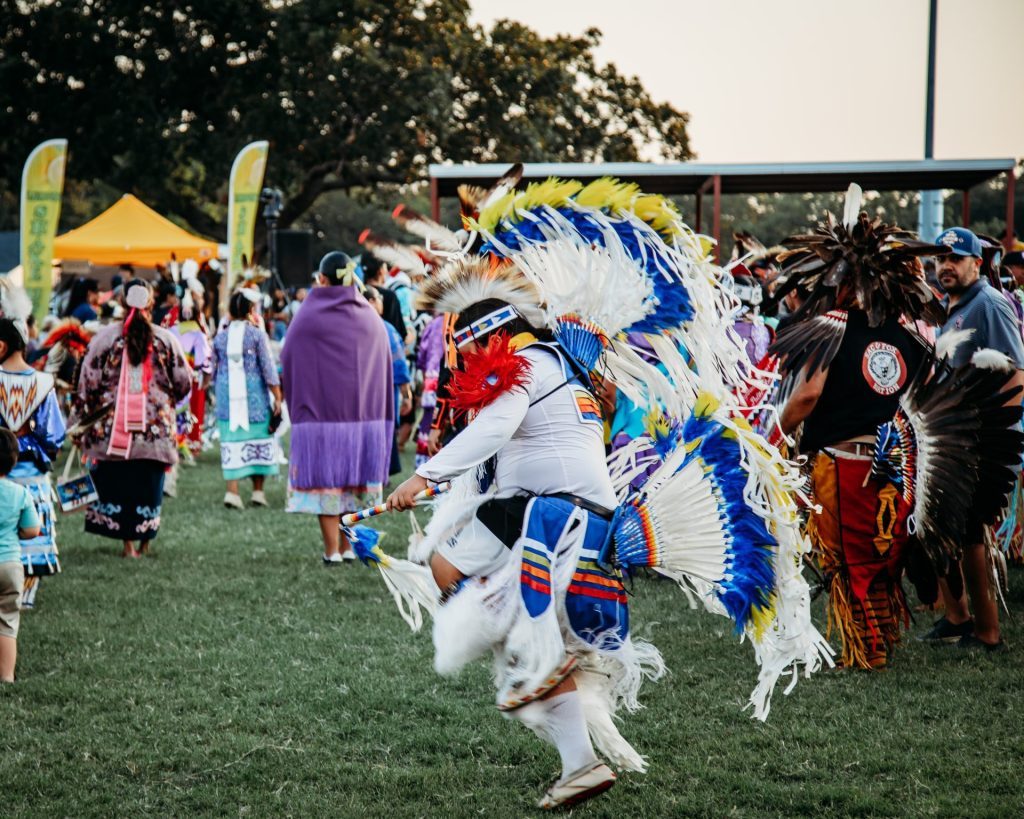
How are we trying to help?
We’re here to connect Oklahoma Tribal citizens with every service they’re eligible for, so no one misses out on the support they need.
Housing
substance abuse and mental health
food
cultural and natural resources
employment and training
domestic violence and child welfare
childcare
general welfare
education
transportation
health
elder nutrition, caregiver respite, and transit
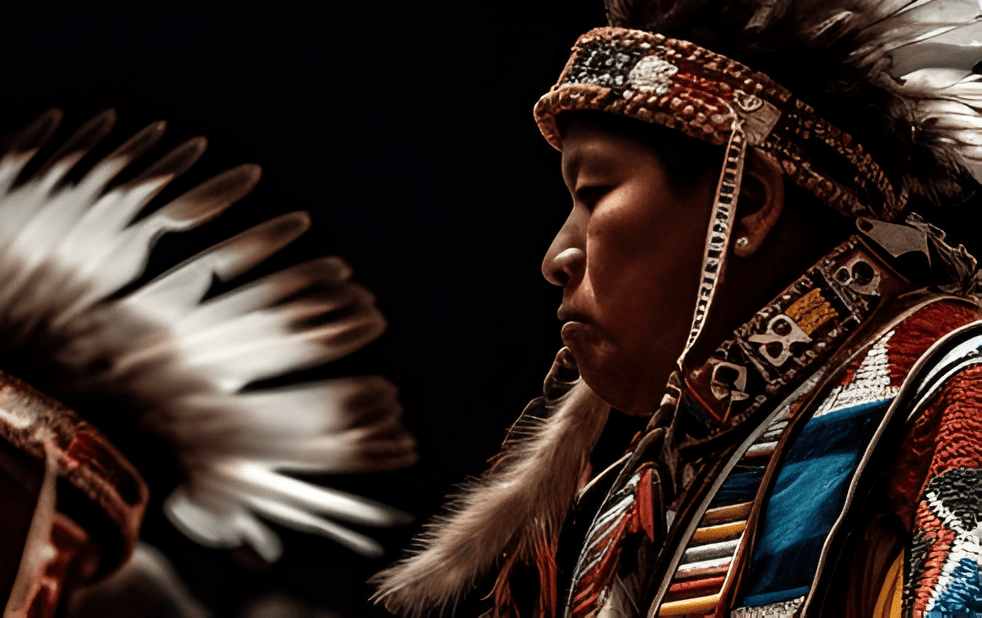
The Reality Behind Federal Support
Why Federal Funding Still Leaves Tribal Communities Behind
Despite receiving nearly $4.3 billion in federal assistance each year, Oklahoma Tribal Nations continue to face significant funding gaps. The need for services far outpaces available dollars, leaving many Indian people in Oklahoma with unmet health, safety, and community needs.
What Oklahoma Tribes, and Their Citizens, Are Up Against:
Oklahoma Indian people face greater health and safety challenges than any other group—including higher rates of heart disease, cancer, accidental injury, domestic abuse, suicide, and abduction.
Tribes serve an ever-growing share of the state: Soon, 2 out of every 10 Oklahomans will rely on Tribal services, funded by limited federal dollars.
Competitive grants are vital. Tribes must write and win grants to keep up with community needs.
Tribes provide courts, police, education, health, and social services—but often face bias and negative stereotypes that threaten their funding and service delivery.
Unmet needs have serious consequences: Families break apart, and communities suffer health, housing, and safety crises.
Unlike states and counties, Tribes can’t tax personal income or property.
Instead, they rely on economic development and sales tax revenue from tribal businesses to supplement services and create new programs.
Myths vs. facts
Myth: Tribal citizens don’t pay taxes or get out of paying for services in Oklahoma.
Fact:
Just like everyone else in Oklahoma, tribal citizens pay taxes on almost everything they do.
Tribal citizens across Oklahoma must pay income and property taxes to local and state governments and the Federal government based on where they reside.
Indian people also pay fuel tax to the state each time they fuel their cars. They also pay for their own personal Pike Pass. Tribal citizens pay local, city, state, and tribal taxes wherever they buy goods and services.
Myth: Tribal citizens get free or special privileges with car tags that others do not.
Fact:
Some Tribal citizens get reduced car tags through their Tribes. They display these tags of cultural pride, like other Oklahomans pay for and display vanity plates.
Tribes typically fund their tag agency with tribal tag registration fees and tribal taxes.
Myth: Tribal car tags hurt state revenue and are an unfair advantage.
Fact:
Oklahoma vehicle registration fees are higher than Tribes. Tribes offer reduced registration, in part, to put more tribal drivers on the road.
This benefits all of Oklahoma in more car sales, more state fuel tax, more tolls paid, and more personal mobility to spend money in Oklahoma.
Myth: Tribal car tag money just benefits tribal governments.
Fact:
Most Tribes take a portion of the tag registration income and donate it back to local education and community sponsorships.
Almost all Tribal tag registrations are integrated with the state and connected to the Oklahoma Law Enforcement Telecommunications System (OLETS), so all state and tribal law enforcement can pull registration data on any vehicle.
Myth: Tribal police departments don’t participate in statewide or federal programs.
Facts:
Some Tribes participate in missing persons programs, and Adam Walsh’s “Code Adam and AMBER Alerts” funded by competitive grants.
Oklahoma Tribes have police departments funded, in part, by the Federal government. Some Tribes rely on the Bureau of Indian Affairs to police their land/jurisdiction/service area. All Tribal law enforcement officers are Federal officers and held to Federal training/certification standards.
These officers work with local police, Emergency Management, and Oklahoma Highway Patrol through cross-deputization agreements, and other Federal law enforcement such as the FBI, DEA, ICE, ATF, Fish and Wildlife, and the National Park Police.
Myth: Tribes don’t do enough to protect children and women in their communities.
Fact:
Tribes have received federal program funding since 1978 for Indian Child Welfare and since 1994 for Violence Against Women.
Child protection officers of a Tribe’s court system have the ability to travel to serve any child enrolled in that Tribe anywhere in the United States. Despite constant vigilance, Violence among Indian children and women continues to rise.
Tribes and Tribal People
Understanding Tribal Government, Population & Services
Tribal governments that are federally recognized today demonstrate thousands of years of self-governance. America’s democratic system is modeled after the way America’s Indigenous people embrace the pursuit of personal sovereignty and practice self-rule.
The U.S. Census puts the nationwide count of American Indians at almost 16 million
U.S. Census Bureau QuickFacts: United States. This survival mentality, against all odds, is the grit and spirit of the United States of America. Tribal histories and people, living and not, remind us that the pursuit of liberty and freedom is handed down through generations.
History has proven that identifiable American Indians continue to be among the most victimized cultural group in America and are denied services all over the country. This is another reason Tribes have federal set-asides. Tribes provide services for their own citizens but also serve the needs of any eligible Indian citizen living in their jurisdiction and/or service area. This could be citizens of any of the 574 Tribes that live in Oklahoma.
In Oklahoma, there are 679,835 citizens that fall into the American Indian and Two or More Races categories. That is 16.6% of Oklahoma.
American Indian people are tribal citizens of their Nations and also citizens of a county, a state, and of course, citizens of the United States of America. Tribal members live all over the planet but typically receive services in America based on where they live.
If Tribal Nations did not provide for tribal members’ needs, the financial duty and operational capacity would fall on other local and state governments. Tribes enhance and expand public services with their own money and supplement with competitive Federal grants.
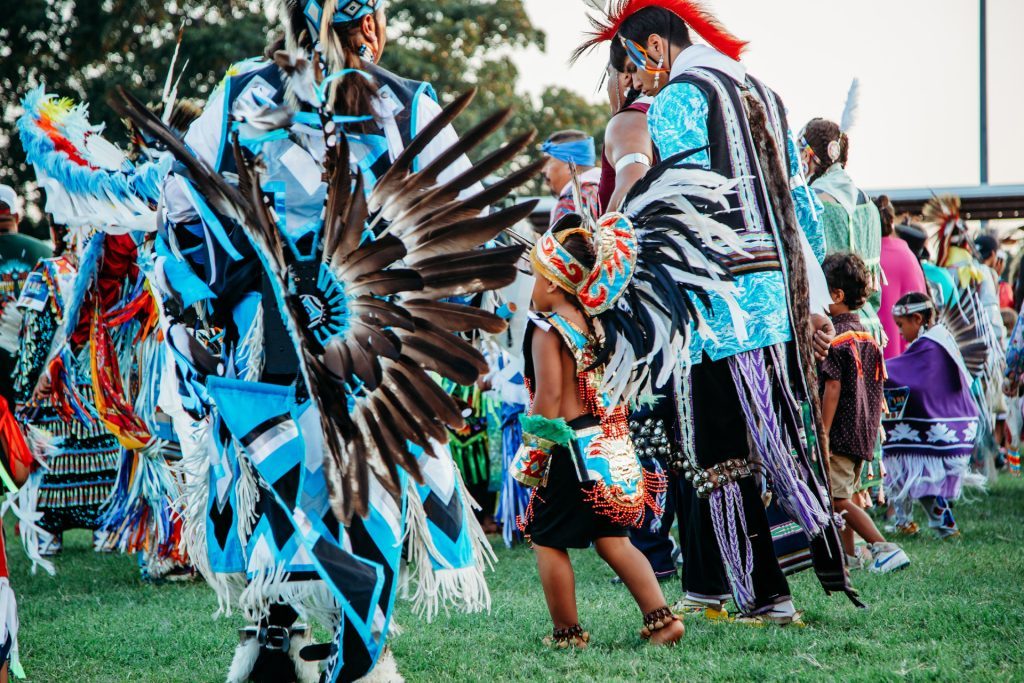
How Tribal Federal Funding Really Works
Quick facts and answers about grants, audits, and how services are delivered.
How are Tribes classified in terms of federal service delivery?
Types of Tribal Federal Governance
Tribes are classified in governance as Direct Serve (Indian Health Service (I.H.S.) and Bureau of Indian Affairs (BIA) provide the service for tribal members and the Tribe), P. L. 93-638 contracted and/or Self Determination (reimbursable contracts to provide I.H.S. or BIA services just like the government does), or Self Governance (lump sum annual funding, compacts/Federal agreements, no reporting except annual single audits, and ability to redesign services and dollars to meet needs). Being a Self-Governance Tribal Nation allows for the greatest flexibility of that tribal government to meet the needs of tribal citizens.
What does it mean for a Tribe to compact or contract services?
How Tribes Choose to Deliver Services
A Tribe can compact all programs or certain ones and may compact and contract with the Indian Health Service and Bureau of Indian Affairs, or one or the other, and may compact with other Federal agencies and departments such as Health and Human Services childcare, Department of Labor employment and training, and Federal Land Highways for road and bridge construction, to name some big ones.
Some Tribes prefer to accept direct services from the Federal Government rather than provide services themselves.
What do the federal grants, compacts, and contracts listed in Tribal Profiles represent?
Annual Funding: What Tribal Profiles Show
The Federal grants, compacts, and contracts listed in each Tribal Profile show the annual allocation the Tribe expects to receive for recurring programs.
How does carryover funding affect tribal citizens?
Carryover Funds and Unmet Needs
Carry-over years are not included unless a Tribe has stockpiled allocations rather than spending them down.
This has an impact on tribal citizens getting help. Carryover is unspent annual federal funding that a Tribe may carry over until spent. If money is carried over in one year, the needs go unmet.
Are the federal grants listed in Tribal Profiles all-inclusive?
The federal grants listed in the Tribal Profiles are not all-inclusive of tribal programs.
Some Tribes self-fund programs. Also, federal grants start and end at different times. Some years, when the Federal government is under a Continuing Resolution to keep America operating, Tribes are the last to receive their annual funding. Tribes must then rely on their general accounts, taxes, and enterprise income to provide public services for all eligible Indians in their service area.
Are Tribal Single Audits required for all Tribes?
Single Audits and Federal Funding Transparency:
Tribal Single Audits of Federal Expenditures and Awards are only required when a Tribe spends over $750,000 in a fiscal year. Federal funding is public information.
Does OKNN Tribal Profile data include all federal funding?
OKNN Tribal Profiles only show what Tribes reported in their last federal (grants, contracts, and compacts) audit.
Can Tribes reprogram federal funds as needed?
Reprogramming Funds and Financial Transparency:
Compacted funds and funds that are clustered may be reprogrammed by the Tribe. Without seeing a Comprehensive Annual Financial Report for a Tribal Nation, tribal members and OKNN do not know the actual dollar amounts spent in the needs categories. When Tribes do not disclose audits to tribal members, it causes strife between leadership and citizens. Some Tribes do not let their members see any financial data, even though Tribes are communally owned entities.
It would be like the United States President or Congress not disclosing to the American public America’s annual budget or comprehensive audit of spending. Tribes do not have a Government Accountability Office (GAO) to publish what is working and what is not.
Does OKNN include COVID or ARPA funding in Tribal Profiles?
No. The OKNN Tribal Profile data does not include COVID or the American Rescue Plan Act funding for the Tribes, except for emergency housing assistance.
Do Tribes fund programs with their own revenue?
Tribes self-fund many of their own programs and create new ones to improve the lives of their tribal citizens.
Are federal grants competitive for Tribes?
Competitive grants are very hard to get for Tribes.
How can I find out about services from my Tribe?
Please check with the Tribe in your area to see what services they have to meet your needs.
Take Action. Be Heard. Make Change.
Keep Your Information Current
- Update Your Contact Info: Make sure your Tribe has your current address, email, and phone number. Rarely, if ever, do Tribes provide their Tribal Rolls to anyone. Very few Tribes provide Voter Registration lists even to election candidates.
Know Your Rights & Tribal Governance
- Get Your Tribal Documents: Obtain a copy of your Tribal Constitution, Charters, and Tribal Organizational Chart to understand your rights as a tribal citizen, what all entities have been created by tribal leadership, all streams of revenue, and all departments and programs.
- Track Tribal Spending: Know how your Tribe’s money is budgeted and spent: a) Was the budget spent according to projections, b) what did the audit report for budgeted versus actual expenditures, c) did the audit have findings, d) what were those findings, e) what money was carried over and unspent and why, and f) what goals were met and unmet?
Voting & Civic Participation
- Register to Vote (State): Register to vote in your state at Vote.gov
- Register to Vote (Tribe): Register to Vote within your own Tribe through Tribal Rolls. Request the Election Ordinance from the Election Commission or BIA.
- Know Tribal Voting Age: Most Tribes automatically consider enrolled tribal members to be of voting age at 18. Turning 18 means a person becomes a voting member of the Tribe’s General Council. Each Tribe sets its own enrollment criteria in its constitution.
- Change Your Tribal Constitution: Tribal General Councils have the ability to change Tribal Constitutions.
- Vote Everywhere: Vote in local, state, federal and tribal elections.
Employment & Economic Opportunity
- Find Tribal Jobs: Contact your Tribe and ask a) where do they advertise position openings, b) do they have a TERO, c) do they have a Pay Rate schedule for employees, and d) how do they handle workplace grievances. Most Tribes are Fire at Will which means termination of employment for no cause. Without employee rights, Tribe’s oftentimes have a harder time attracting and keeping employees.
- Search for Open Positions: Visit Indeed.com to see what job opportunities Tribes may be advertising. Also search USAJOBS - The Federal Government's official employment site.
- Explore Tribal Contracting: Ask your Tribe: a) where do they advertise tribal contracting opportunities, b) how do you get your business on a preferred vendor list, and c) if your Tribe can help with bonding if they are a banking Tribe.
- Get Business Help from Tribal Banks: Some Tribes own banks and have programs to mentor and help fund business startups. Some Tribes have a 1:1 match in lending with Treasury dollars. This means Indian owned businesses should be getting financial help from their banking tribes with U.S. Treasury backing.
Advocacy & Community Engagement
- Attend Tribal Meetings: If your needs continue to go unmet, attend your tribal legislative sessions and ask for your representative or leaders to create new laws or go after programming to fill your need or those needs in your community.
- Write Your Leaders: If your needs go unmet, kindly write your Tribal leadership and help them demonstrate your need. If your needs go unmet still, write your Congressional Representative, the head of a federal Department, or the U.S. President. Your needs can be expressed to anyone. Be your own change.
- Run for Tribal Office: If your Tribe cannot meet your needs and many others in your Tribal community have the same unmet needs, consider running for elected tribal office and make change.
Grants, Assistance & Entrepreneurship
- Search for Grants: Visit Grants.gov and search by keyword, need, and eligibility to see what grants are out there. Very few grants exist for individuals. Search Home | SAM.gov to see if there are any federal contacting opportunities for your small business.
- Apply for Tribal Housing: If you need affordable housing, contact your Tribe or a Tribe where you live or want to live and sign up on their waitlist. Competitive U.S. Housing and Urban Development (HUD) grants are highly competitive. Most tribal housing entities do not receive enough federal money to build new homes.

